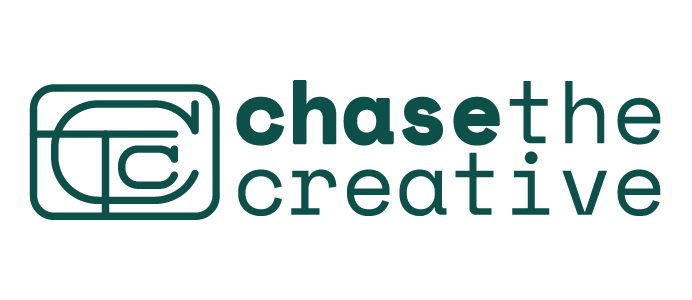A multi-year engagement to reimagine how the IRS handles examination and correspondence workflows through scalable, human-centered systems design.
Overview
As a UX Lead embedded in a multi-disciplinary team, I contributed to a multi-phase modernization effort with the Internal Revenue Service (IRS), focused on automating and improving the handling of tax examination cases across their national footprint. Over several years, this project matured from journey mapping and service blueprinting to deeply technical implementations guided by the Pegasystems platform, with select workflows and personas enhanced by Generative AI and Pega’s Blueprint technology.
Our work included designing:
Enterprise workflows for examination (ACE), business administration, case intake, and correspondence
Intelligent automation rules to increase throughput and reduce fallout
Decisioning and triaging flows that prioritized taxpayer experience and staff efficiency
Context & Challenge
The IRS handles millions of examinations annually, with layers of complexity stemming from legacy systems, manual processes, decentralized operations, and varied taxpayer responses.
Key challenges included:
• High volume of fallout cases caused by incomplete automation criteria
• Redundant effort between HQ analysts, examiners, and case coordinators
• Manual interventions for correspondence, augmentation, and case closure
• Disparate tools with fragmented taxpayer visibility
The goal was to design workflows and automation logic to reduce manual effort, support intelligent routing, and enhance taxpayer and examiner confidence.
Discovery & Research
We led working sessions across IRS departments and campuses to understand current processes, operational bottlenecks, and technical systems (such as AIMS, ECM, and UCP). Journey maps and service blueprints were co-created to document the ecosystem across both the SB/SE (Small Business/Self-Employed) and W&I (Wage & Investment) divisions.
Design Philosophy: Automation Without Losing Human Judgement
Rather than a pure efficiency push, the design strategy centered around preserving critical human decision-making while automating repeatable logic and reconciliation tasks.
We designed around:
• “Microjourneys” that define start-to-finish interactions such as intake, case assignment, or fallout resolution
• Clear persona roles (HQ Analyst, Examiner, Clerk, etc.) embedded within the Pegasystems-based case structure
• Support for bulk and single case workflows that accommodate real-world IRS variation
Journey Maps & Story Mapping: Visualizing Complexity at Scale
Enterprise Reuse Mapping: Jumpstarting New Applications
To support long-term scalability and accelerate future initiatives, we also created a Reuse Map for the ACE examination system. This artifact identifies functional areas, microjourneys, and case patterns already implemented within the IRS Pega environment that can be leveraged to bootstrap adjacent programs and new application builds.
This effort:
• Reduced redundant design and development efforts
• Ensured UX/UI consistency across all Pega IRS applications
• Created a shared language for modular workflows across business units
• Enabled cross-program alignment for features like correspondence, intake, validation, and case closure
• Offered a visual blueprint for onboarding new IRS teams into the ecosystem
This reuse approach has been instrumental in expanding the IRS’s platform investments without starting from scratch — allowing parallel teams to tap into validated functionality, logic, and design standards.
System Architecture, GenAI & Case Flows
As we scaled across multiple workflows, we used Generative AI and Pega’s Blueprint technology to assist in defining repeatable case structures and refining role-based personas.
Applied Technology:
• GenAI-generated persona drafts based on tax case types, modified and validated by our core team
• Pega Blueprints to translate flows and logic into structured case templates
• Accelerated the translation of manual requirements into modular Pega case types
This enabled faster iteration and provided a living model for IRS analysts to visualize and validate decision rules.
Note: Journey maps and service blueprints remained human-led efforts, They were authored by our team through direct interviews and collaborative sessions.
Outcomes & Business Value
Intelligent Fallout Routing = Reduced burden on frontline agents by assigning only when needed
Reuse of Case Structures = Built modular case logic for scale and faster onboarding
Automation Audit Loops = Reduced backlog and returned cases to auto-resolution faster
Data Integrity & Timers = Improved correspondence tracking and taxpayer follow-through
GenAI & Blueprint Acceleration = Enabled faster case type ideation and internal validation
Disclaimers
All diagrams and visuals shown here are internal planning and design artifacts
Data shown is representative and includes no PII or taxpayer information
Workflow designs were developed using a combination of Pegasystems platform, team-led workshops, and AI-generated components








